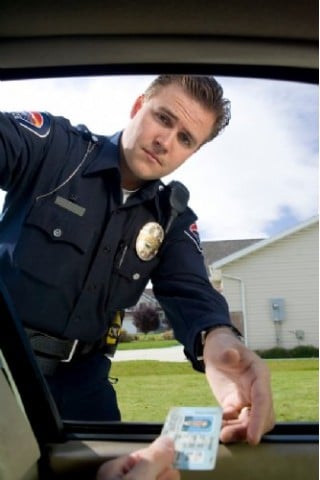
Customers often ask about regulations that govern the use of mobile advertising vehicles.
Let’s back up for a minute. Regulation is not a problem for 95% of Spark’s customers. It is a concern though, but it comes down to two different concepts. Either you’re using a mobile advertising vehicle to promote your own business or you’re using the vehicle to operate a mobile advertising company.
The first case is easy. If you purchase a mobile advertising truck and use it in the ordinary operation of your business, we are not aware of a single local ordinance that will prevent you from using the vehicle to promote your own business. City fathers would have a very difficult time arguing that a Spark Expo (no bigger than a regular pickup truck) cannot be allowed to operate on the same roads as Budweiser’s giant 50-foot-long rolling billboards that may or may not be full of beer at any given moment. Cities do get very worked up about their sign ordinances, though. In the name of “beautification” city councils decide that you can’t have a sign larger that two feet tall, or your sign must not have internal illumination. But they don’t tell you how you can decorate your delivery truck. (That’s where we come in.)
There’s a 1949 US Supreme Court case that upheld the City of New York’s right to regulate mobile advertising, but it also held that business owners had a right to freely promote their own businesses on their business vehicles. If you’re buying one of our trucks to use primarily as a business vehicle, you can do anything you want with any of the ad display spaces.
If you’re dedicating a truck solely for the purpose of advertising, it may be obvious that the truck is designed just for promotional use. When you paint a mobile ad truck hot pink or neon green and stencil the words “IN YOUR FACE MOBILE BILLBOARDS” on the side it’s hard to argue that there is some nobler cause for it to be on the road than solely to get attention (not that there’s anything wrong with that). Don’t be surprised if one or two people call your catchy 1-866-N-YR-FACE number and offer polite commentary on your use of fossil fuels, traffic safety, etc.
Cities are free to pass ordinances to restrict anything. If four of seven on the council to vote “yay”, they can make it unlawful to walk your dog in the park, display advertising on your truck, or wear a red shirt on Tuesday. It doesn’t matter if you think it’s a ridiculous ordinance, or if it’s unconstitutional. Until someone challenges and overturns the ordinance in court, it’s the law.
Here are some do’s and don’ts regarding regulation and how to keep your DAV perceived as a good thing for the community:
Do:
▪ Respect all traffic regulations
▪ Keep your trucks clean
▪ Hire off-duty police officers, firefighters, and retired veterans
▪ Sponsor local charities
▪ Donate available ad space to promote city events
▪ Read your local code of ordinances before buying any dedicated advertising vehicle (search for your local sign ordinance at municode.com)
Don’t:
• Blast music over loudspeakers while driving
• Hire any drivers under the age of 60 (more about this later)
• Stand up at a public city council meeting with pictures of a truck that you downloaded online and ask for the city’s permission to drive your neon green IN YOUR FACE MOBILE BILLBOARDS truck during rush hours.
The best strategy is a healthy respect for the public realm in which our Spark vehicles operate. Like it or not, promotional vehicles are held to a different standard than regular delivery trucks. Know the law in your city, and if there is no restriction on third-party advertising on vehicles, you do not need anyone’s permission to operate an ad truck lawfully.
